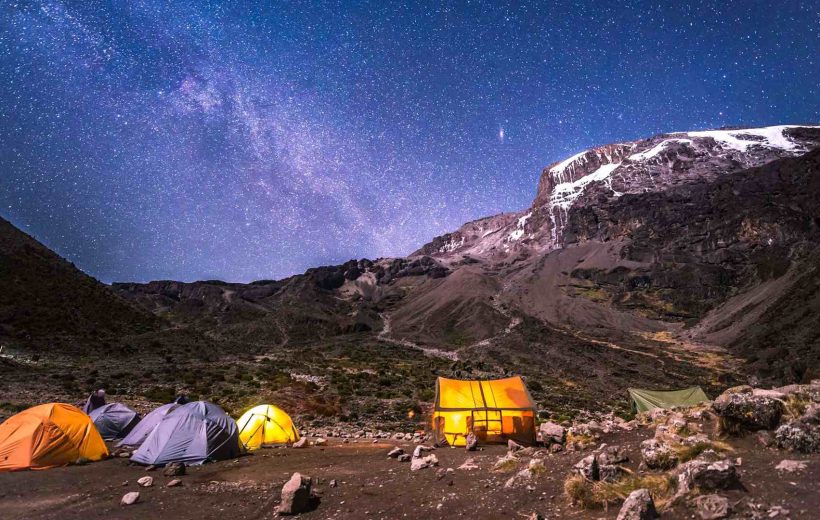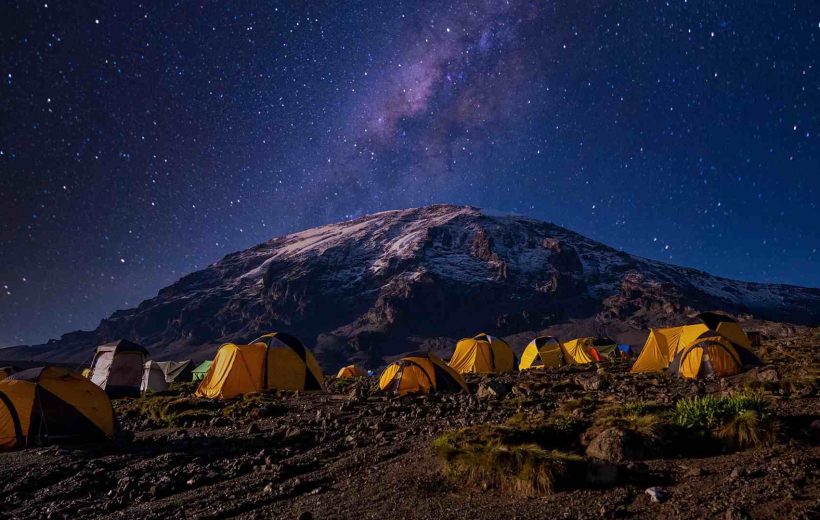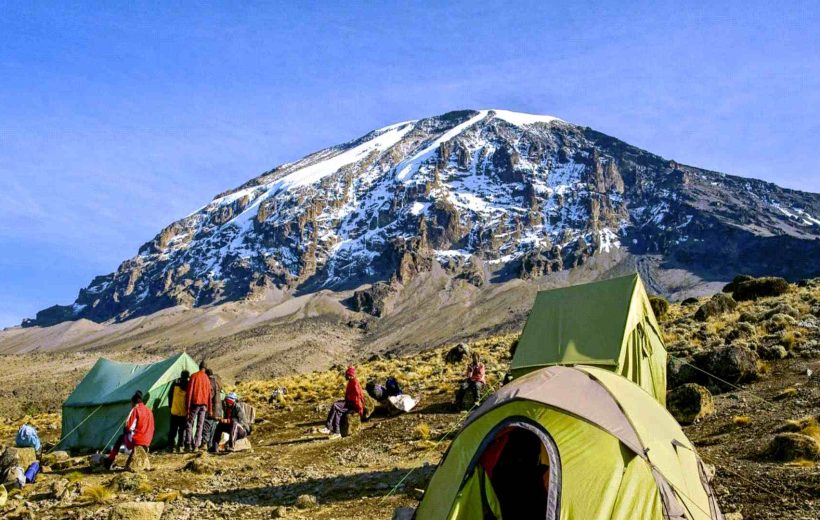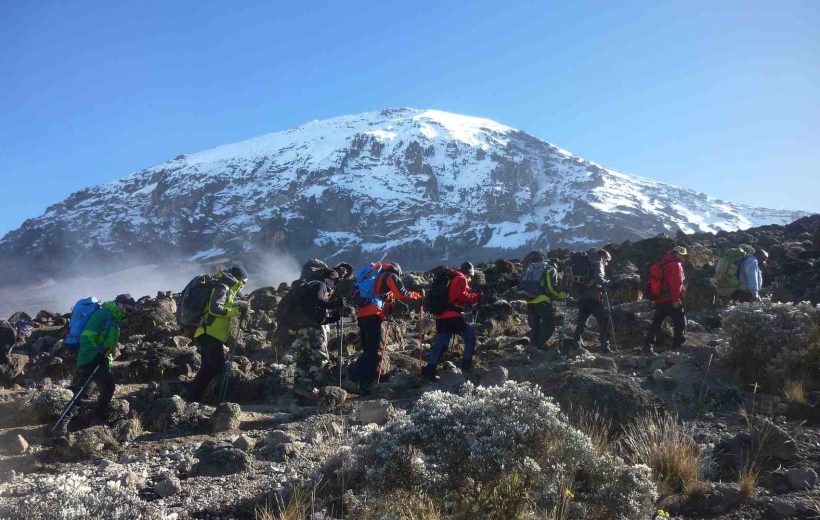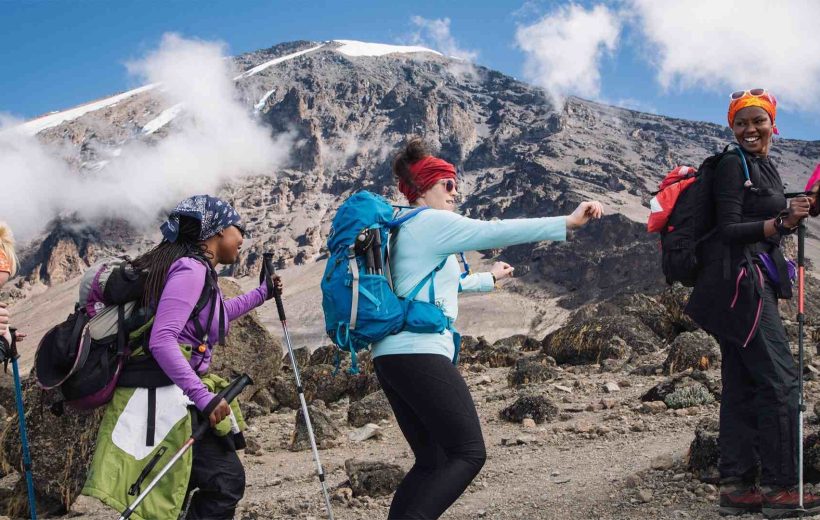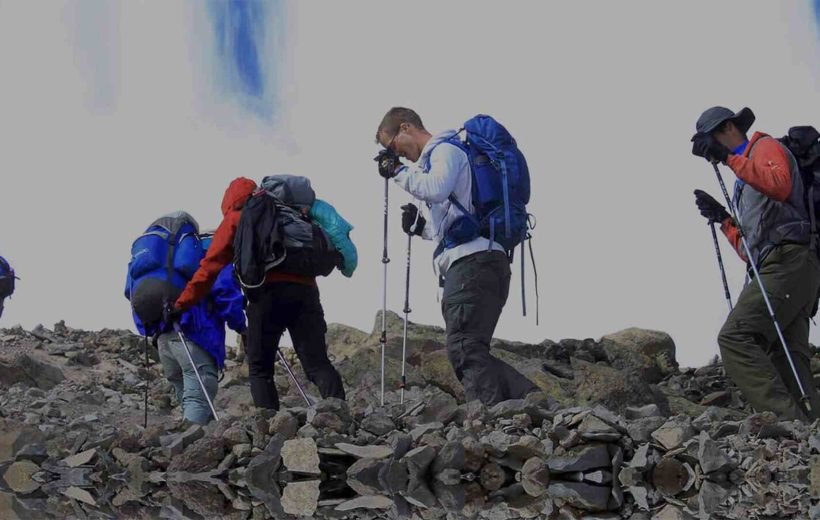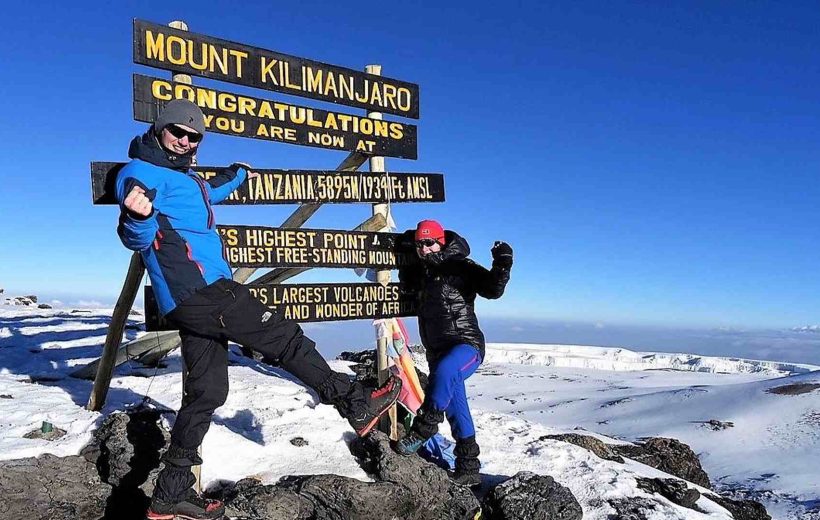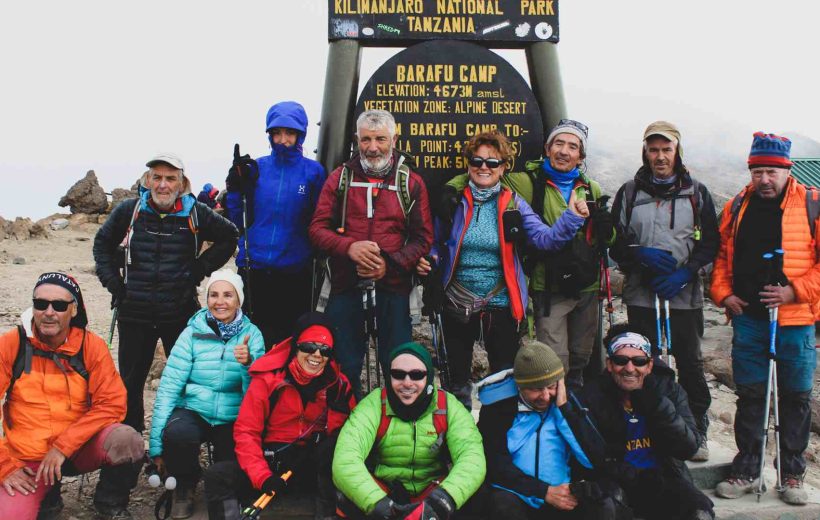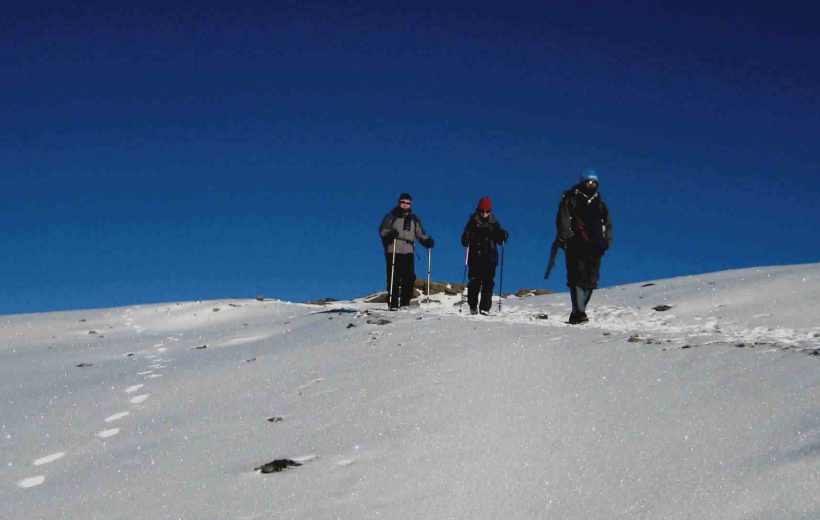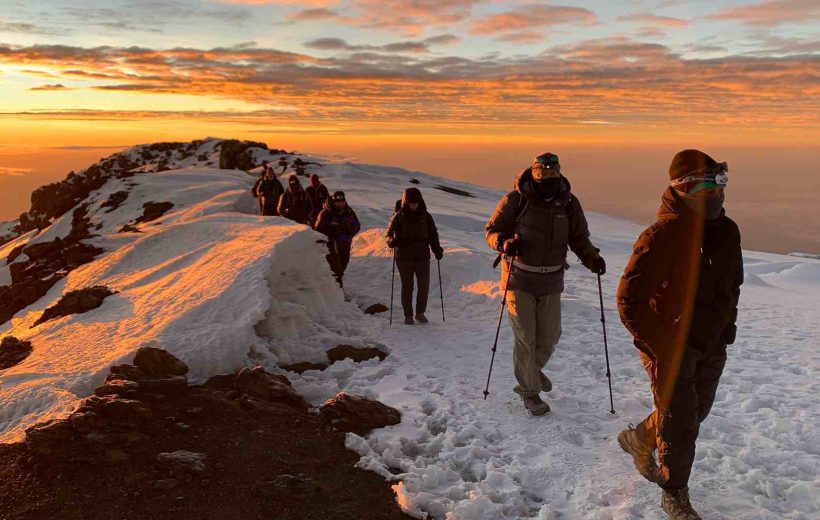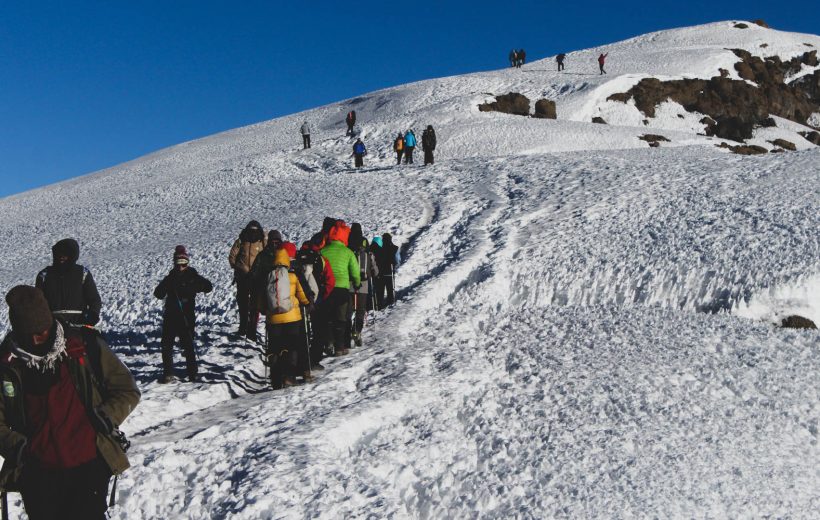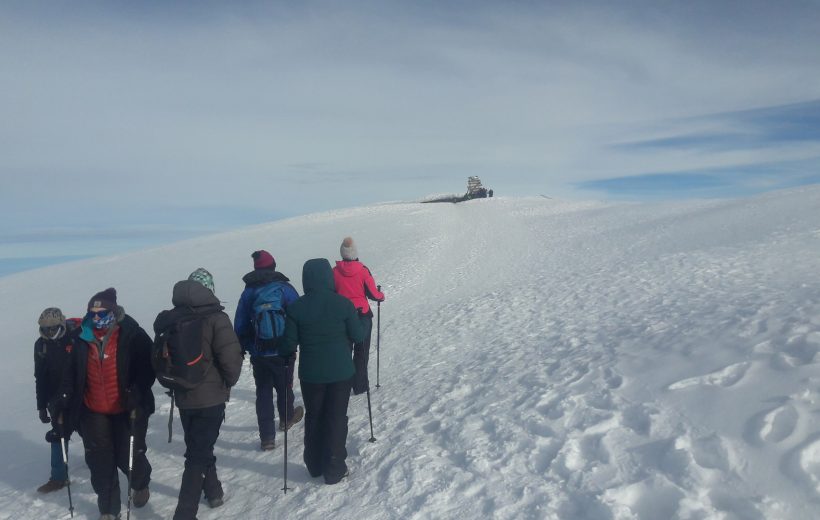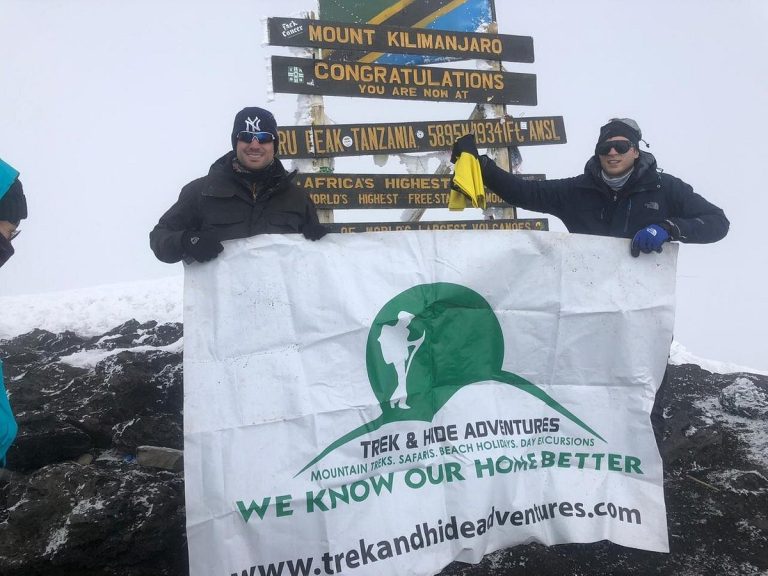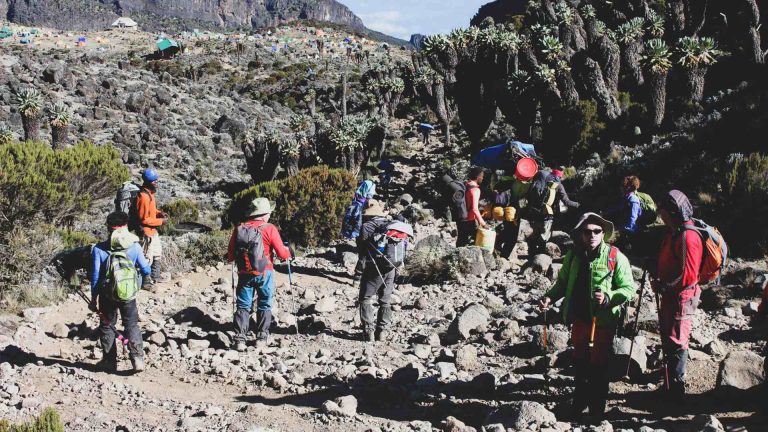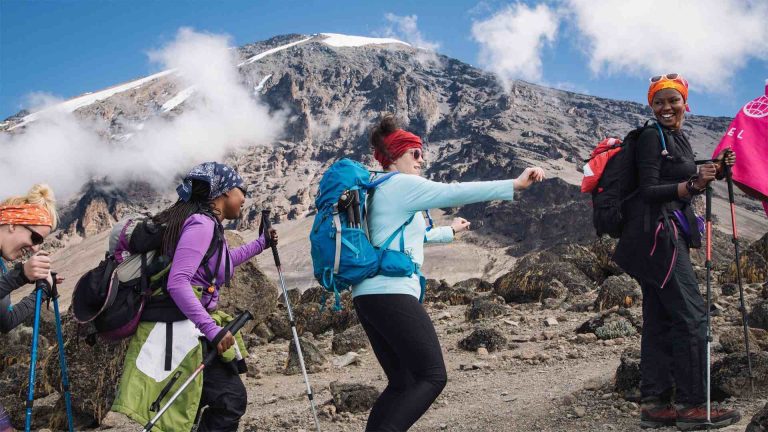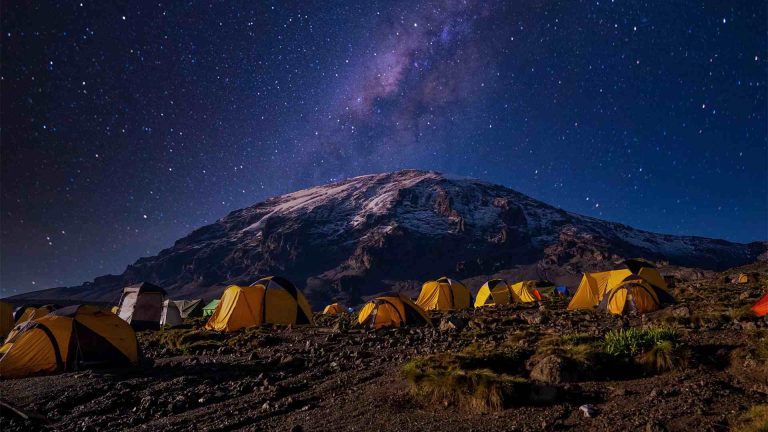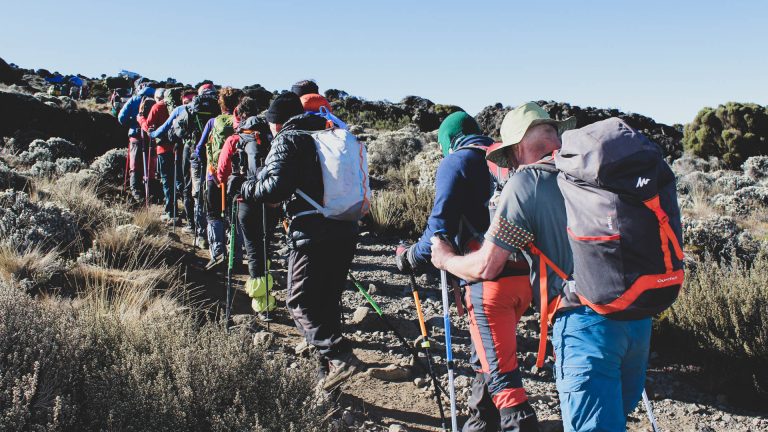Best Time to Climb Kilimanjaro
Whay are the Best time to climb
Kilimanjaro
When deciding on the best time to climb Mount Kilimanjaro, there are multiple considerations: temperature, scenery, trek congestion, difficulty, and safety. Nevertheless, the foremost factor influencing all these is the weather. Mount Kilimanjaro, situated in an equatorial climate zone, doesn’t have distinct seasons like winter or spring; instead, it experiences wet and dry periods. The wet seasons occur in April-May and November. Predicting the exact start and end of the rain during these times, similar to other tropical regions, is highly challenging. The remaining months constitute the “dry season,” characterized by mostly sunny days, yet there’s no absolute assurance of consistently clear skies.
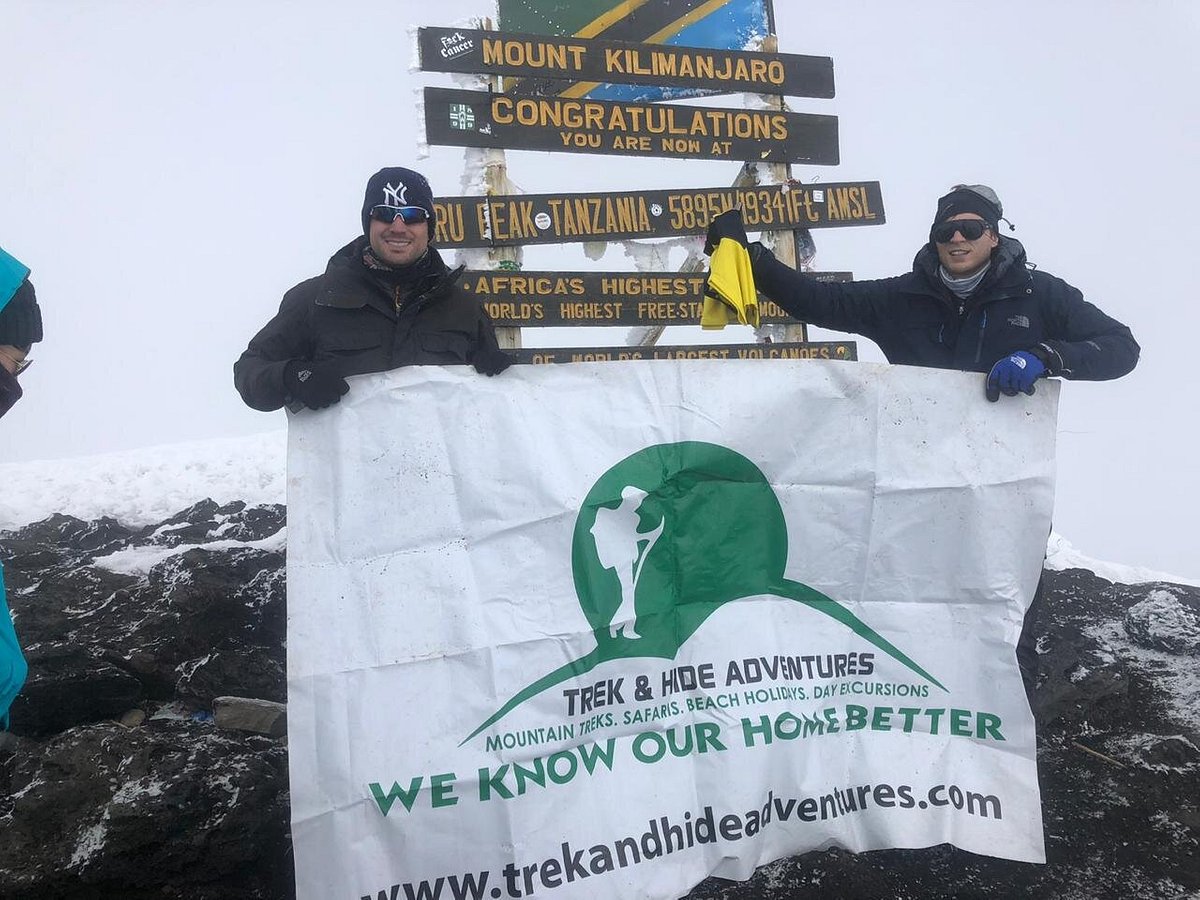

There are two primary climbing periods: July through August to September and January through February. Many travelers choose to climb during their summer or Christmas vacations because the weather conditions for scaling Mount Kilimanjaro are ideal during these times.
The rainy seasons, which occur in April, May, and November, deter most climbers due to the high likelihood of trekking in drizzly conditions. Rain softens the ground and makes the rocks slippery, turning your ascent into a slower and riskier adventure. However, landscape photographers especially appreciate the rainy season in Tanzania. The increased precipitation leads to more snow on the summit, allowing for the capture of the snow-capped peak of Kilimanjaro. Additionally, it’s the only period when you can avoid the peak traffic on the trails and relish the solitude of walking along paths blanketed in untouched snow.
What is the best time to climb Kilimanjaro?
December – January – Christmas and New Years are the second busiest climbing season on Kilimanjaro. The traffic is extremely high, although there is a good chance of rain and thick clouds at the lower altitudes of Kilimanjaro.
April-May
The “big” rainy season starts at the end of March and continues until the middle of May. April marks the beginning of the coldest time of the year in Tanzania. These months have significantly less climbers than the rest of the year, but there is a high chance of hiking in the rain at this time of the year.
June-July : The frequency of rain gradually decreases. The weather on Kilimanjaro is fairly dry and clear in these months, but nights are still cold. June is usually quiet, sunny, and, in our opinion, much underrated in terms of climbing. It is an excellent idea to choose June for your adventure because of great weather and routes that are almost private to your climbing party. The number of climbers increases as the year progresses. Starting from July the majority of the routes will be quite busy.
The peak climbing season on Kilimanjaro is from August to September. The weather is particularly good for climbing: the days are clear and somewhat warmer than in June/July. At the same time, it may be cloudy in the forest/moorland zone, as well as it may be rainy on the southern routes (Machame and Umbwe). However, once you leave the rain forest behind, it will be sunny.
October is another unfairly ignored season: nice weather conditions last into mid-October and the number of climbers drops dramatically, giving you a good chance to enjoy Kilimanjaro treks almost alone. At the end of October, the weather becomes more changeable. As long as you are equipped to withstand the occasional rain shower, this should not present any major challenges.
November is the “small” rainy season. The rainy weather may last into mid-December. The temperatures will have dropped and mist covers the Mountain, making your climb slightly tricky and risky, yet more challenging and exciting. November might not be the best pick in terms of weather, but gives a great opportunity to enjoy the breathtaking views of misty-covered Mount Kilimanjaro with its snow-capped peak and to take some terrific pictures.
Mid-January to mid-March are very popular among climbers. The weather is perfectly balanced: it is neither too cold, nor too wet. The days are generally dry, though occasional rains may happen. The possibility of rain increases in the second half of March because the season of the “big rains” is approaching.

